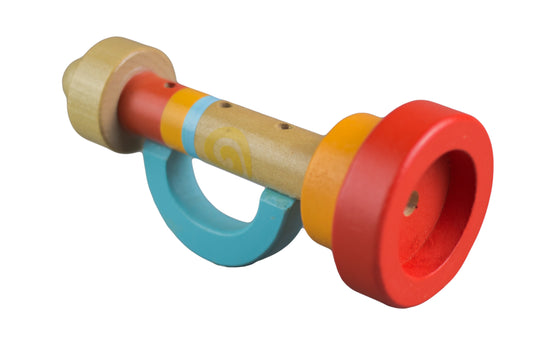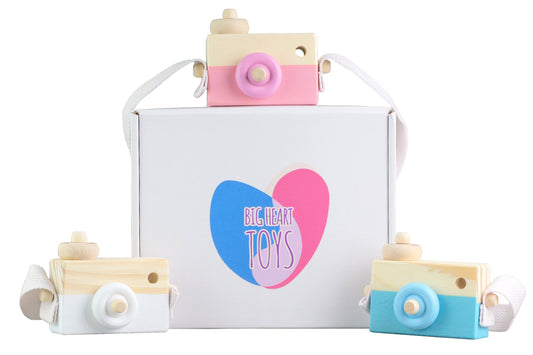August is fast approaching, and school is about to be back in session. Ekk, you might even have a little one starting school for the first time. Deep breaths, worrying just means that you care! As a parent of neurodiverse learner(s), you might be a little more anxious than other parents at this time.
Neurodiverse learners all have their own unique way of comprehending and solving problems. This just means they handle ideas and problem solving differently than the system has set up for a larger whole. When your child learns differently from the typical structure of education, it leads to a different structure for you and the teachers.
Teachers do what they can in a classroom to try and be as inclusive of the learning patterns and structures for each child. Ideally, they will have added support from teachers who are specialized in neurodiversity.
It is really important to work together as a team. Your child, you, their teachers, and their support therapists. When you are all working together, it helps your child on every level. However, sometimes it’s not easy to get access to resources when you need them or access the quality of resources your family needs. In that case, caregivers might need to build a toolbox of techniques to help their kids succeed in the classroom.
Here are eight ways to support your child and help the team during their education journey:
Make a Safe, Quiet Place for Them At Home
School can be overwhelming, even for a child that does not have sensory needs. Having a quiet, safe place at home with their favorite bear, sensory items, and your love will be extra important. This will be an area just for them; they can go to this place to regulate and decompress.
You might want to set limits to their time in that area; they could possibly go there and not come out! This is one of the boundaries you should set in place in the home that helps your child feel secure.
Having a regular set of consistent rules and standards at school and home can help your child feel secure. They can be confused if they are expected to follow the rules at school but can get away with things at home. Get your hands on a school rules book and go over it with your child before school starts.
This leads to the following way you can help your child, having a consistent schedule and routine:
Consistent Schedule and Routine
When you are consistent, your child can know what is coming and what to do. When they get into a routine, they can thrive. If the schedule and routines at school and home match, then it is the best situation.
Patterns and routines may come naturally to neurodiverse learners, especially individuals with autism. When you keep things the same, your neurodiverse learner won’t have to worry about what is next or what might happen. They can take that energy they would have spent on worry and use it to focus on their tasks.
Have a set time for main tasks and specifically for homework. Some caregivers find that homework time works best after a snack and a little time in their dedicated chill area. A work area should be free of distractions and as quiet as possible.
A Sample Schedule:
7:30 am: Wake up
8:00 am: Breakfast
8:30 am - 3:30 pm: School
3:45 pm: Snack
4:00 pm: Child’s Time
4:25 pm: Homework
5:00 pm: Free Play
6 pm: Dinner
6:45 pm: Bath
7 pm: Read Together
7:15 pm: Night Time routine
7:30 pm: In Bed
Your schedule will, of course, be one that specifically meets the needs of your child and yourself. You might also need to have different schedules for each day or a particular program for one day during the week, depending on appointments or after-school activities.
Go over these schedules with your child so that they are familiar with them before school starts. Also, give yourself a little grace. As long as you're within ten to 15 minutes of the scheduled times, then, you are still on schedule. The schedule does not have to be exact to the minute. Even if your child is an exact-to-the-minute person, you can help them understand a little flexibility.
A Sample Routine:
- After Waking Up:
- Go potty, wash your hands and face, brush your teeth, go make your bed, get dressed, put on your shoes, and brush your hair.
- After Breakfast:
- Get your bookbag and make sure you have what you need for school, say goodbye, and get on the bus.
- After School:
- Get your snack, wind down, and do homework.
- Before Bed:
- Take a bath, brush teeth, brush hair, put on pajamas, read a good book, snuggle and lullabies, and get into bed.
Again, the routine you create will be tailored to you and your child. Routines are the daily smaller tasks within the main schedule of the day.
Remember To Play
Playtime is necessary for growing minds. Therefore, free time is an essential part of every schedule.
Sometimes it can be tempting to schedule over this free block because there are many things to take care of during the school year. Your child needs play, and an hour of uninterrupted play will keep them regulated and happy.
Play also helps younger children learn. It is the application and practice of the things they have learned or watched from you and others. This is a time when they can practice creativity and choices.
When everything during the day is structured and ruled or direction-based, it is relaxing and empowering to be able to choose what and how to play. When your child can have age-appropriate agency, their moods tend to improve, and meltdowns decrease.
Plus, not to mention that if your little one is a good independent player, you have an hour to get things done yourself. Good for everyone!
Use Visual Tools
Many neurodiverse children do best with visuals. It will help them visualize what is required of them and understand what is expected of them.
Examples of Visual Tools:
- Color-coded clock to show what activity they should be doing
- A routine chart with images of the tasks in the order they should be done that they can mark off or cover when the task in the routine is complete.
- Pop toys they can fidget with to improve focus
- Sorting bears (or different dried beans) to help with homework
- Emotions and behavior chart
- Educational picture books
Give Clear Directions
Providing clear directions doesn’t mean over-explaining. It is actually the opposite! Make sure each direction is as concise as possible. Break it down into small steps and if needed go one step at a time.
Clear steps can cut down on meltdowns and frustrations for both of you. If your child does not clearly know the directions, mishaps are bound to happen. Let your child know that it is okay not to understand and need help.
You might not have to break it up as much depending on where your child is at in their learning. Giving slower and more direct steps will make it easier to get through work that was overwhelming at first. Be patient and watch them need less and less from you as they catch on to what is expected.
7. Join a Group
You need support too! Get to know the other parents who also have neurodiverse learners. Find out what tips they might have and the helpful things they have tried. Feel empowered by a group of people who all are looking for ways to help support their child.
You might be surprised by all the benefits a group can have for your family. We work well in teams, and the more support from different places, the better. You and your child are not alone in this journey.
8. Be Involved With Their IEP or 504
If your child is in a public school in the United States, they might be in a position to have an IEP. Students from the ages of three to 21 who have a diagnosed disability are eligible in the US public school system.
It should be noted that an IEP is largely similar to a 504, but a 504 serves students in kindergarten through college. An IEP is only for K-12 students.
IEP stands for Individualized Education Program. This plan is drafted when your child goes through evaluations and continues to be updated throughout your child's education journey. You have the right to know everything in the IEP and have a say in handling any issues that might be highlighted.
As a caregiver, you can even disagree if you feel that the path laid out for your child will not fit. You know your child best. Communication with the school and teachers is key.
Your teachers can not help your child if any information is withheld. The teachers can not read minds, and your child might not speak up for themselves. This is the appropriate time when you need to be vocal for your child.
Ready, Set, Thrive
Here is the best news: your child is on the right path. They just need extra support and learn a little differently than most. Your child has the best support system in the world — you.
This is your reminder that you are doing great, you know what to do to support your child, and they will continue to thrive. Ready, set, school time is here.
Sources:
Helping Your Child with Autism Thrive | HelpGuide.org
Neurodiversity and the Benefits of Autism | Psychology Today
Individualized Education Programs (IEPs) (for Parents) | Nemours KidsHealth





